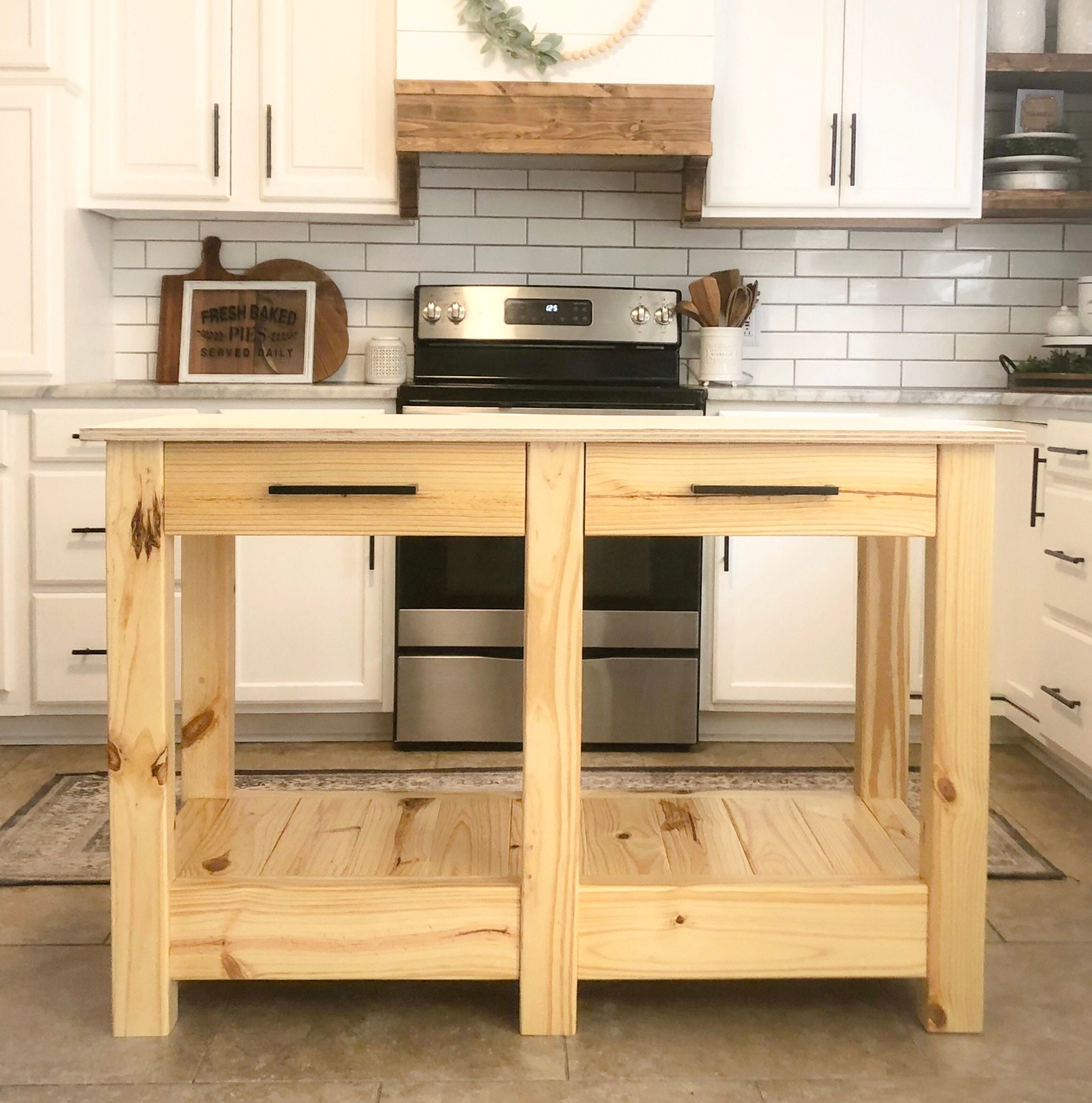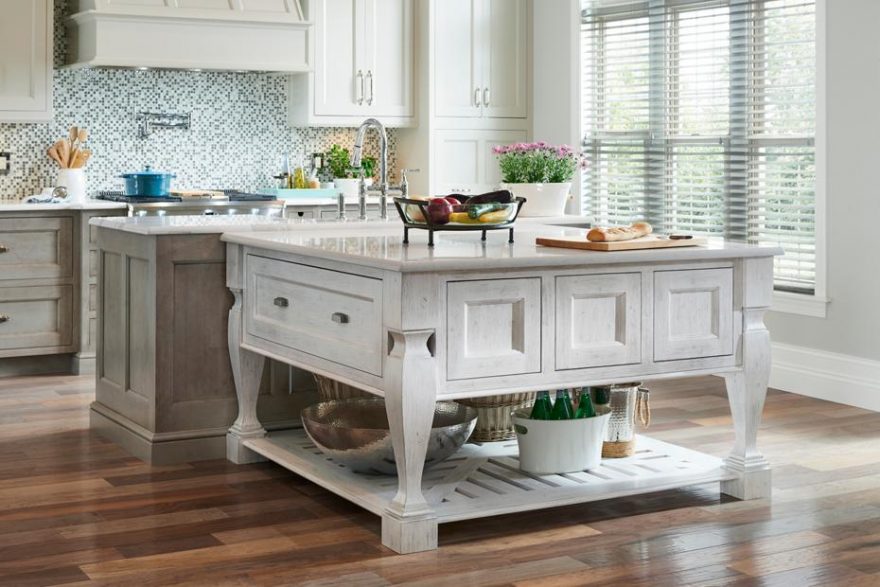Count On Specialist Workmanship for Tailored Legs For Kitchen Island Concepts
Count On Specialist Workmanship for Tailored Legs For Kitchen Island Concepts
Blog Article
Vital Elements to Consider When Selecting Legs For Cooking Area Island
Picking the proper legs for a kitchen area island includes a careful analysis of several elements that can considerably affect both capability and aesthetic appeal. Amongst these, the option of material plays a crucial function in ensuring durability, while the layout should complement the existing style. Factors to consider such as height and weight assistance are vital for security and comfort. As we discover these aspects, it becomes clear that each choice can have far-reaching ramifications for the overall cooking area experience. What nuances should be taken into consideration in each of these classifications to attain the optimal equilibrium?
Product Options
When picking legs for a kitchen area island, recognizing the numerous material choices is crucial for achieving both aesthetic allure and architectural integrity (Legs For Kitchen Island). The option of product dramatically influences not only the toughness of the island yet also its overall style and performance
Timber is a preferred choice, providing warmth and adaptability. Strong woods, such as oak or maple, give strength and can be stained or painted to match the kitchen design. Metal legs, commonly made from stainless-steel or functioned iron, add a commercial and modern-day feeling while making certain sturdiness and stability. These materials are immune to use and can support substantial weight, making them ideal for bigger islands.
Another alternative is crafted materials, like MDF or plywood, which can be much more affordable while still offering a range of coatings. Nonetheless, they may not offer the same degree of stability as solid timber or metal. Last but not least, products such as acrylic or glass can create a modern look, though they may call for extra support to make certain stability.
Ultimately, the option of product for kitchen area island legs ought to align with the preferred functionality and the total theme of the cooking area.
Style and Layout

When taking into consideration design, the form and coating of the legs are critical. Conical legs can provide a feeling of agility and style, while thicker, extra durable legs can share toughness and security. Furthermore, the surface-- be it painted, stained, or all-natural-- need to enhance the kitchen cabinetry and kitchen counter products to produce a unified look.
Moreover, the design of the legs can additionally mirror individual taste. Customized or decorative legs, such as those including detailed makings or distinct geometric shapes, can work as centerpieces, adding character and individuality to the cooking area. Eventually, the best choice will certainly not only enhance capability however likewise elevate the visual charm, making the kitchen island a standout attribute of the home.
Height Considerations
Picking the suitable height for get more cooking area island legs is important, as it directly influences both performance and convenience. The common height for a cooking area island normally ranges from 36 to 42 inches, straightening with typical countertop elevations. A 36-inch height is suitable for food preparation and food preparation, enabling for comfy use cooking area home appliances and devices. Conversely, an elevation of 42 inches is often favored for islands intended for bar seats, accommodating taller stools and supplying a laid-back eating experience.

It is additionally crucial to represent users' elevations and preferences. Customizing the elevation can make sure a comfortable experience for all family members, making the kitchen area island a much more satisfying and functional area.
Weight Assistance
Making sure sufficient weight assistance for kitchen area island legs is vital for both safety and security and performance. The i was reading this cooking area island commonly serves several purposes, consisting of food prep work, dining, and added storage, demanding a robust support framework. When selecting legs, it is vital to consider the general weight ability required based upon the island's planned use and the products that will certainly be placed on it.
The selection of product for the legs plays a considerable duty in their weight-bearing capabilities. Solid timber, steel, and heavy-duty composites normally give superior strength compared to lighter materials. Furthermore, the design of the legs-- whether they are straight, tapered, or have a pedestal type-- can influence their capability to disperse weight successfully across the framework.
In addition, the leg positioning ought to be tactically planned to enhance stability. Legs placed at the corners or with a bigger base can better support larger loads. Always seek advice from the producer's requirements relating to tons restrictions to make sure that the legs can sustain the intended weight without jeopardizing security. In summary, picking kitchen island legs with ample weight support is vital for creating a safe and functional cooking space.
Installation and Maintenance
Appropriate setup and maintenance of kitchen island legs are vital for making sure durability and stability. This commonly includes securing the legs to the island base making use of suitable bolts, making certain that the legs are level and lined up.
As soon as set up, routine maintenance is necessary to protect the integrity and appearance of the legs - Legs For Kitchen Island. For wooden legs, regular cleaning with this contact form a wet cloth and application of ideal timber gloss can protect against moisture damage and preserve their surface. Metal legs may need a gentle cleansing option to remove grease and grime, adhered to by a dry fabric to stop corrosion formation
In addition, examine the legs frequently for signs of wear or damages, such as cracks or loose joints. Tightening up screws or bolts as needed can additionally extend the life expectancy of the legs. By adhering to these installation and upkeep techniques, homeowners can ensure that their kitchen area island stays tough and visually appealing for several years ahead.
Final Thought

Visual coherence is vital in selecting the design and layout of legs for a cooking area island, as these aspects greatly affect the total atmosphere of the room. Conical legs can provide a feeling of agility and elegance, while thicker, extra robust legs can share stamina and stability.Choosing the appropriate elevation for cooking area island legs is essential, as it straight impacts both capability and comfort. In recap, selecting kitchen island legs with sufficient weight assistance is important for producing a secure and useful cooking area.
In verdict, choosing legs for a kitchen island requires careful factor to consider of various aspects, consisting of material alternatives, design, elevation, weight assistance, and installment.
Report this page